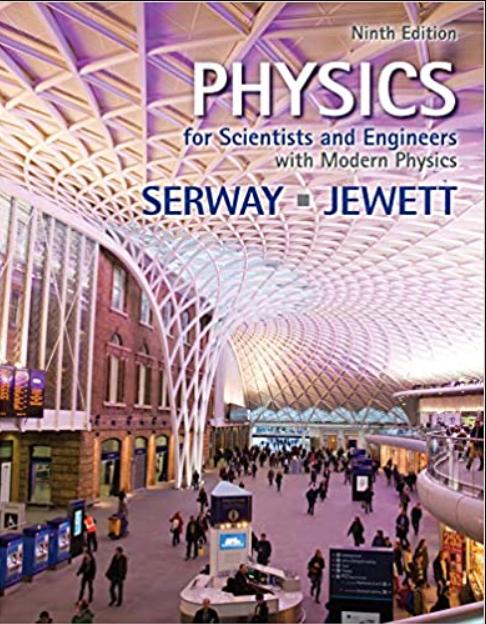Answered step by step
Verified Expert Solution
Question
1 Approved Answer
Question: Initial Plate 1 d Conductor Plate 2 |'/ Final 0i Plate 1 I 9% ' 0' lConductor 02 Plate 2 Figure 1.
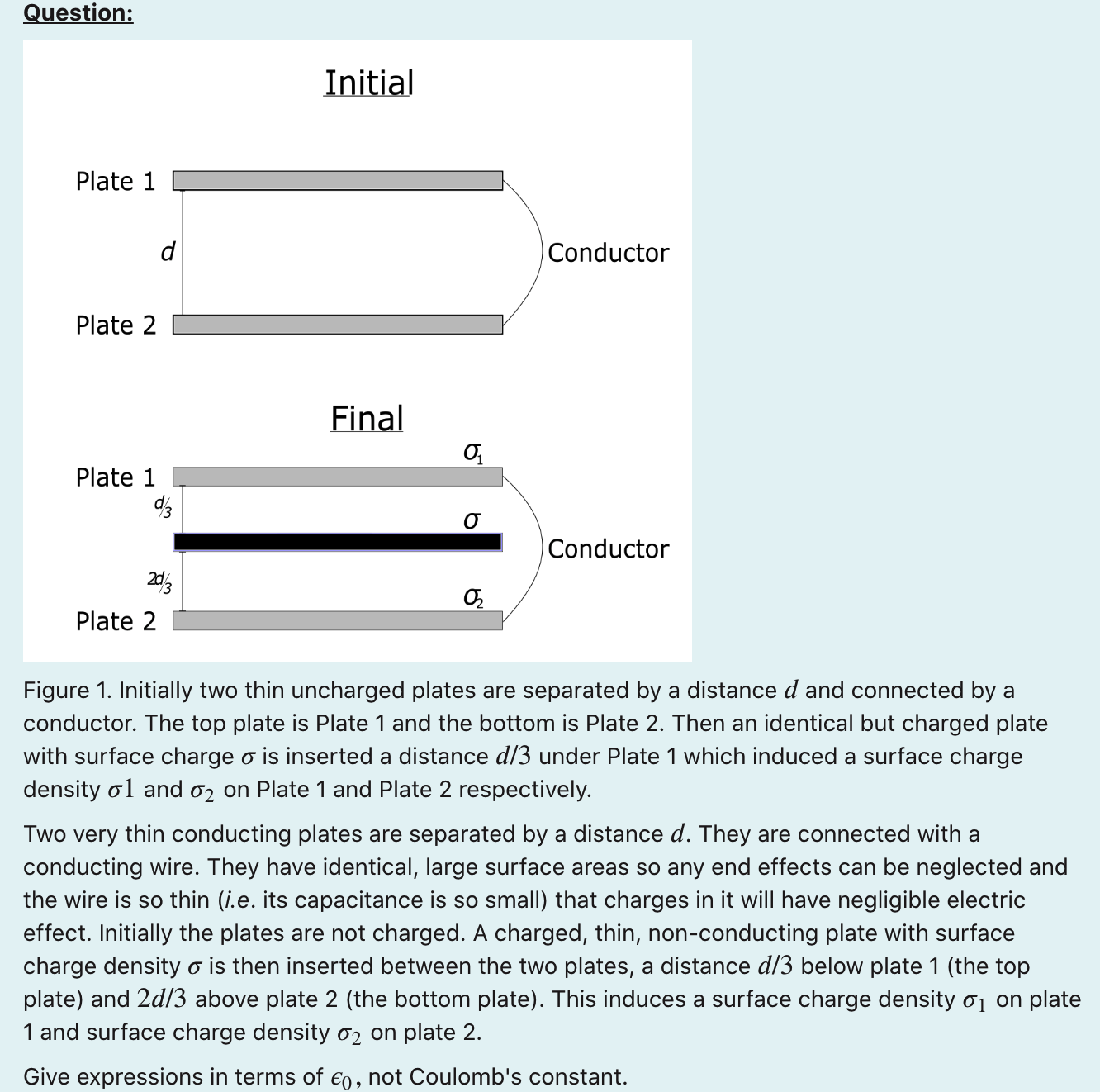
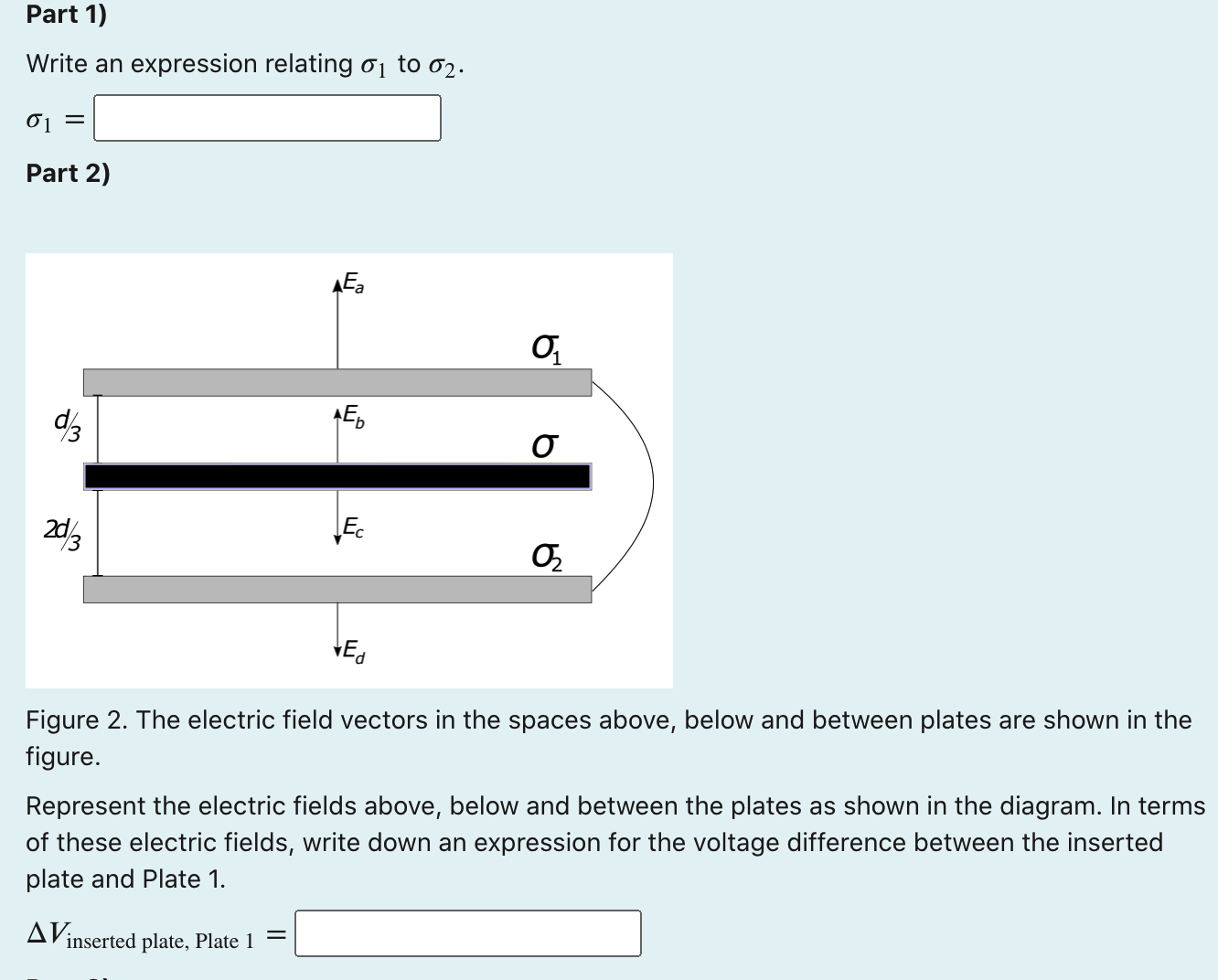
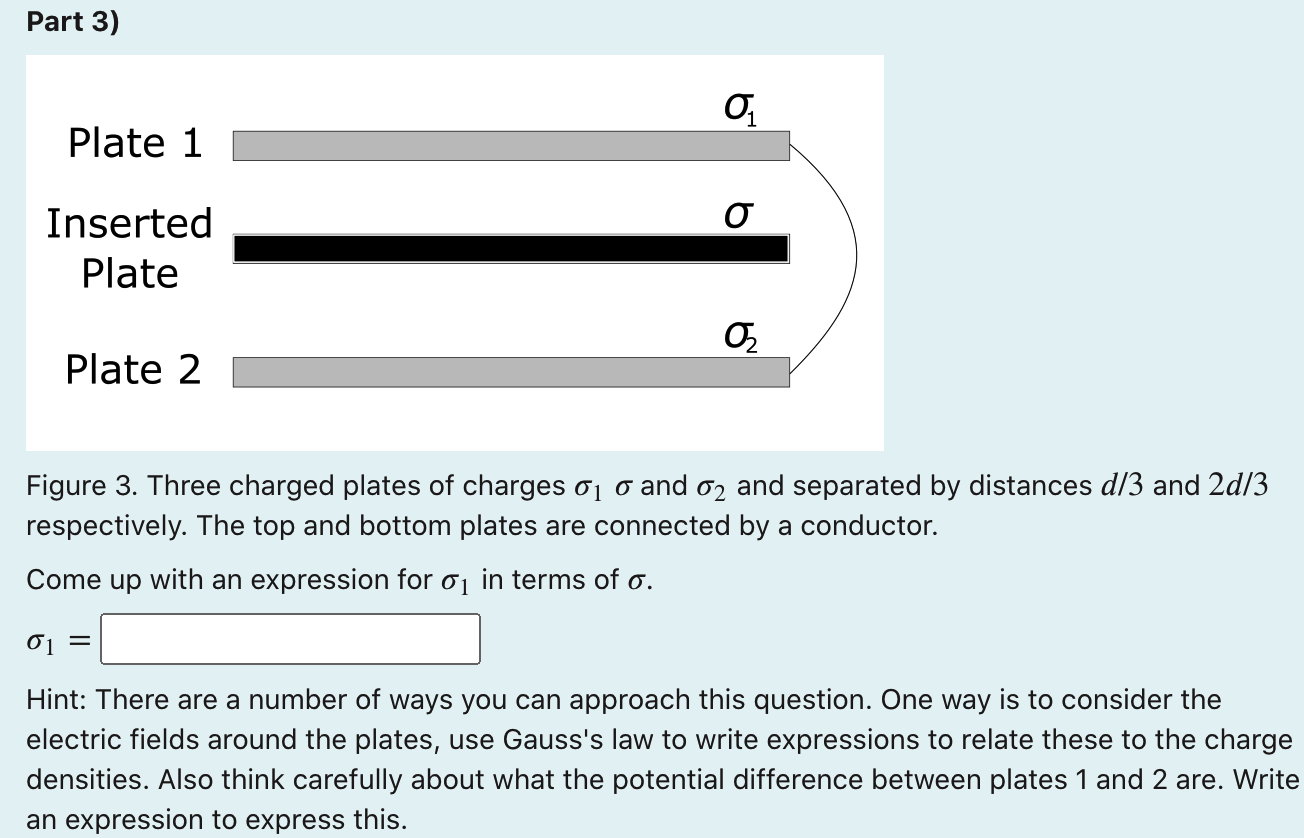
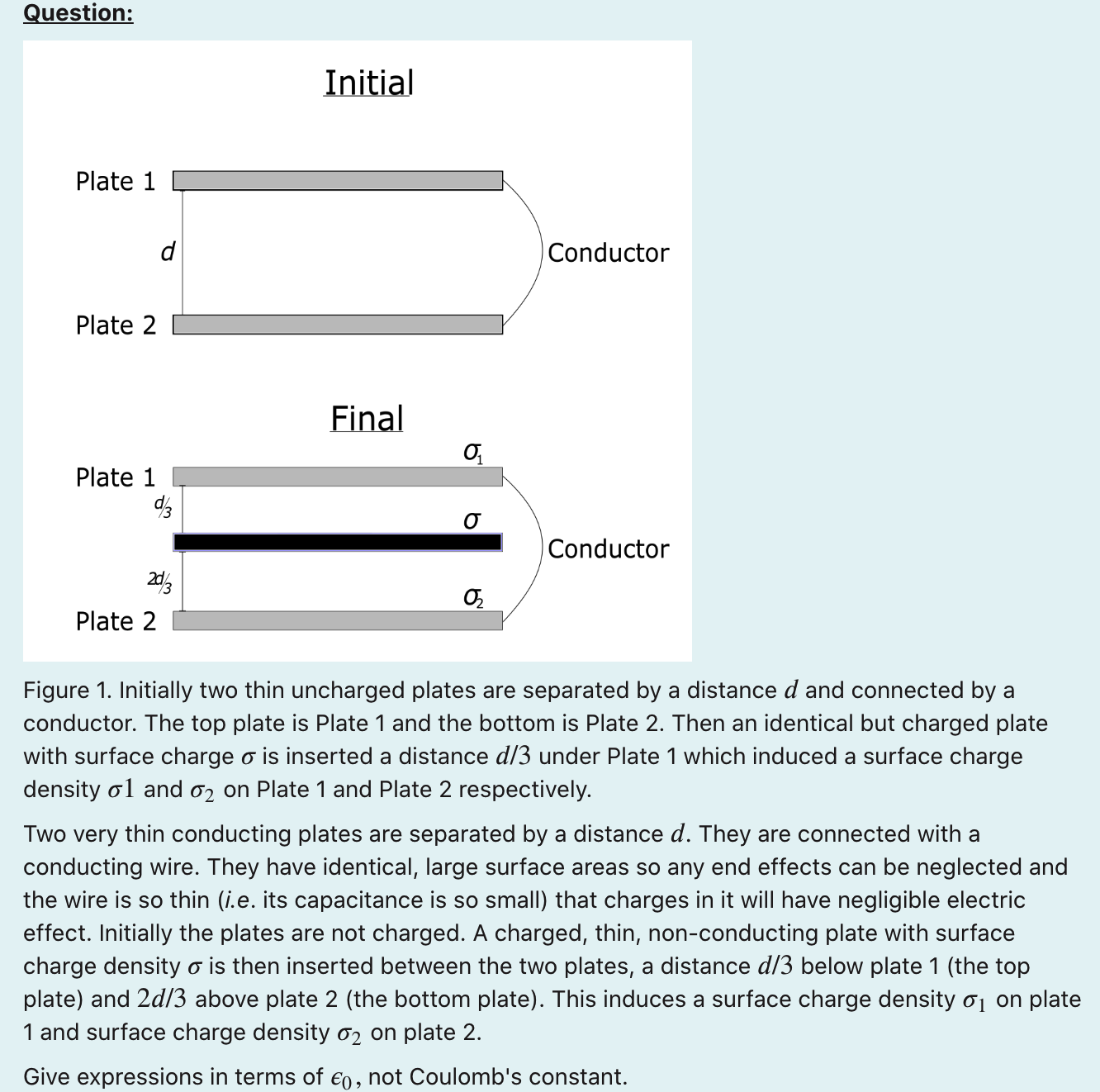


Step by Step Solution
There are 3 Steps involved in it
Step: 1

Get Instant Access to Expert-Tailored Solutions
See step-by-step solutions with expert insights and AI powered tools for academic success
Step: 2

Step: 3

Ace Your Homework with AI
Get the answers you need in no time with our AI-driven, step-by-step assistance
Get Started


